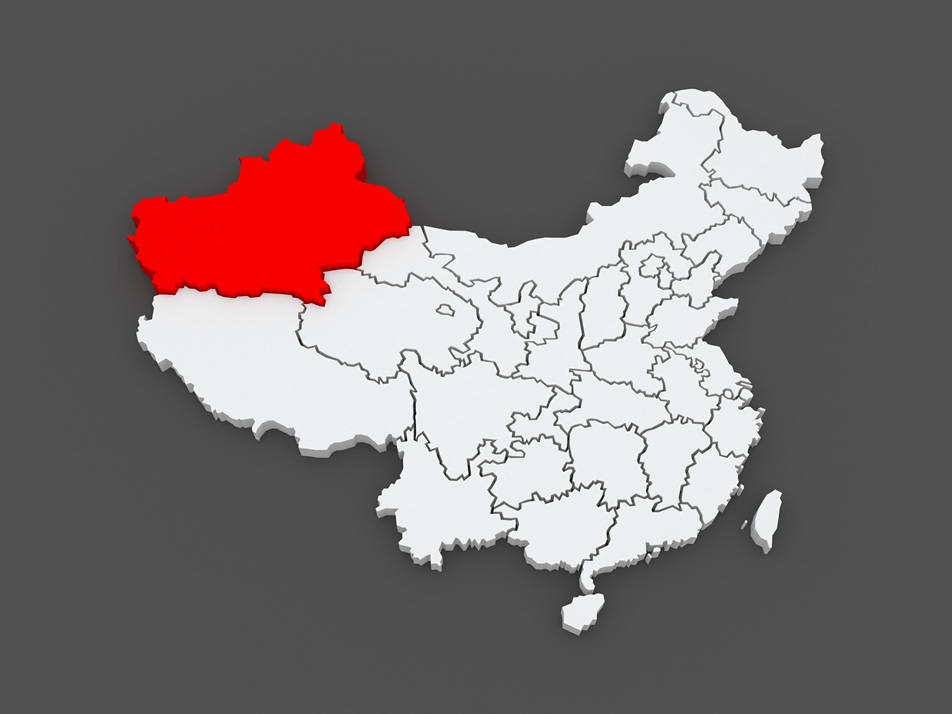Written by Gisela Grieger
Against the backdrop of rising Islamist separatism in China’s Xinjiang Uighur Autonomous Region (XUAR) the Members’ Research Service hosted a Policy Hub looking at Xinjiang Province, on Monday 2 February 2015.
The discussions centred on a comprehensive presentation by guest speaker Graham Hutchings, managing director of Oxford Analytica, aimed at putting the significance of Xinjiang province for the People’s Republic of China (PRC) into perspective.

Hutchings began by describing the nature and strategic rationale of China’s claims to the Xinjiang Uighur Autonomous Region (XUAR). Located on the western periphery of China’s territory, Xinjiang has become a centre of violent resistance to Chinese rule, and a base for terrorist attacks in other Chinese regions. Separatist groups militate for an independent state: East Turkestan, a state which was established briefly twice in the past (in 1933 and 1942). Hutchings shared his deep knowledge of the ethnic, religious, economic and social conditions and trends in Xinjiang. His presentation also gave an overview of the policies Beijing has launched to retain and consolidate control over China’s largest provincial unit. With borders with Kazakhstan, Kyrgyzstan, Mongolia, Pakistan, Russia and Tajikistan, and abundant in natural resources, the region is of strategic importance to the PRC as a gateway, notably to Central Asia. Hutchings outlined the current rise of political Islam at regional and global levels, as well as its impact on Xinjiang and China, and concluded with his views on the outlook for security and development in Xinjiang, and its wider impact on China.
A fascinating discussion followed the presentation, touching upon the potential security threat for the PRC arising from Chinese foreign fighters operating in Iraq or Syria. The apparent shift in tactics employed by Uighur separatists and the potential security implications of this for the development of infrastructure in Xinjiang province and in the rest of China, (such as high-speed railway lanes as well as oil and gas pipelines) was also raised. While terrorist attacks have previously focused on state representatives, such as the police and security forces, more recently, soft and symbolic targets such as crowded markets and railway stations have been selected. Finally, the question of the extent to which Europe might be exposed to security risks emanating from foreign-based Uighur Islamic groupings or individuals, intending to harm Chinese interests and assets abroad in their fight for the Uighur cause, was raised.
For further information on the topic, see the recent ‘At a glance’ note, entitled ‘China: Assimilating or radicalising Uighurs?‘, drafted by Gisela Grieger of the External Policies Unit.








Be the first to write a comment.